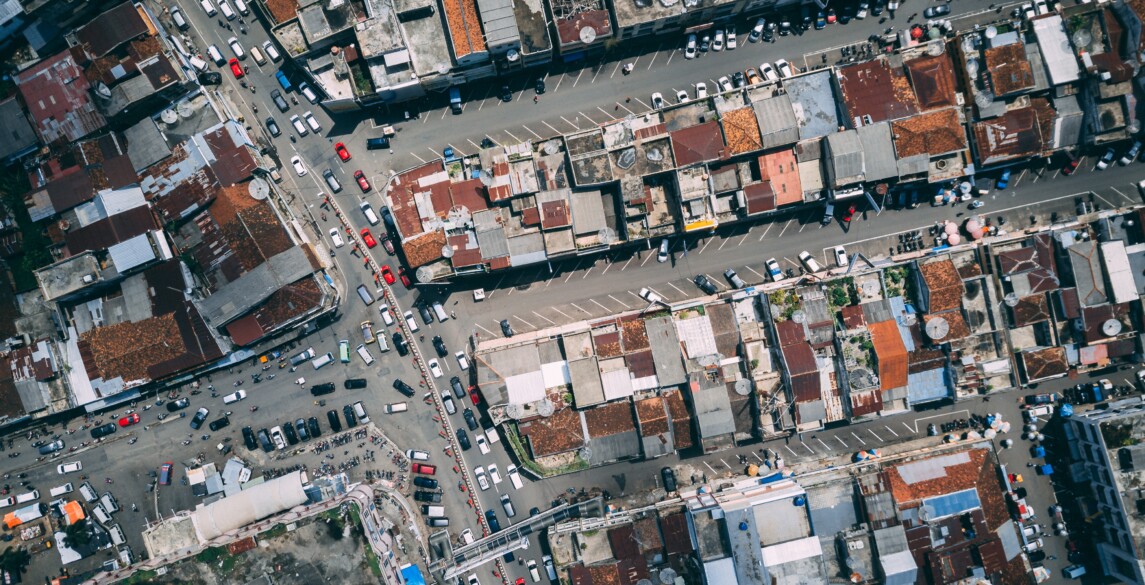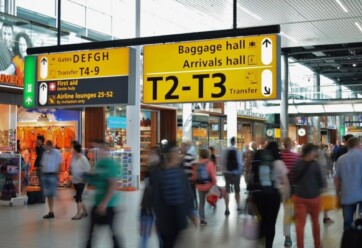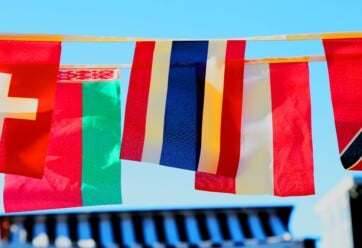Covid-19’s Impact on the Developing World
COVID-19 is a worldwide pandemic, and many of the developing countries around the world are having challenges responding and recovering from the virus.

As some countries, like the United States, move forward with their “reopening plans” thanks to vaccinations, many others continue to see Covid-19 cases remain at alarmingly high levels. This is especially true for the developing world. A recent Wall Street Journal article noted that South America accounts for roughly 25% of Covid-19 deaths to date, despite only making up 5% of the world’s population.
The road to recovery is a challenging one for these countries. Many have struggled to get adequate supplies of the vaccine, wrestled with diminished foreign aid and seen new variants devastate recovery efforts.
Vaccine Shortage and Disparity
Much has been said in recent months about the tremendous disparity concerning vaccine distribution across the globe, particularly to developing countries. As of June 2021, roughly 10% of the world’s population had been vaccinated. Even more staggering, less than 1% of individuals in low-income countries had received at least one dose of a vaccine.
The White House has announced plans to purchase a total of 500 million doses for countries in need between 2021 and 2022. In addition to access to vaccines, some developing countries face infrastructure challenges concerning vaccine rollout. For some, it can be difficult to ensure vaccines are safely stored at the correct temperature. Others struggle with people being able to reach vaccine clinics, ultimately having to discard available doses because they’ve passed their expiration date.
COVID-19 Funding Drop-Off
The Covid-19 pandemic ravaged global foreign direct investment (FDI), dropping a third from 2019 to 2020, according to a newly published report from the United Nations Conference on Trade and Development (UNCTAD). While this is a significant decline, some parts of the world faced even higher reductions. The report goes on to cite that FDI in Latin America dropped 45%.
To help developing countries recover from the pandemic, the International Monetary Fund has proposed issuing $650 billion of aid for them to purchase vaccines and other health care needs, as well as address debt. An administrator with the United Nations Development Program said the proposal would be “potentially the largest capital allocation since the end of World War II.” Final approval of the plan is expected in August.
What is especially concerning for the developing world is how the pandemic has exacerbated some countries’ pre-existing debt crises. Latin America’s economy contracted 7% in 2020 – “more than double the decline of any other region,” according to Bloomberg.
What Does Recovery Look Like?
For many countries, recovery won’t be able to start in earnest until more vaccines can be acquired and administered. As new variants emerge, outbreaks like those seen in Brazil and India will continue to occur. The aforementioned UNCTAD report forecasts that FDI will increase in 2022 after bottoming out this year. The report is quick to note, though, this rebound is contingent on the success of global vaccine distribution efforts. Mutations of the virus could easily cause recovery efforts to suffer.
Sadly, the developing world remains in the throes of the Covid-19 pandemic. As more wealthier countries contribute to relief efforts – in the form of vaccines and monetary aid – there is hope that countries in need can see meaningful recovery in the months or year ahead.
If you need help reassessing your company’s international relocation plans to developing countries we can help. Hilldrup specializes in assisting non-governmental organizations navigate the many nuances associated with international relocation – of both people and supplies.


